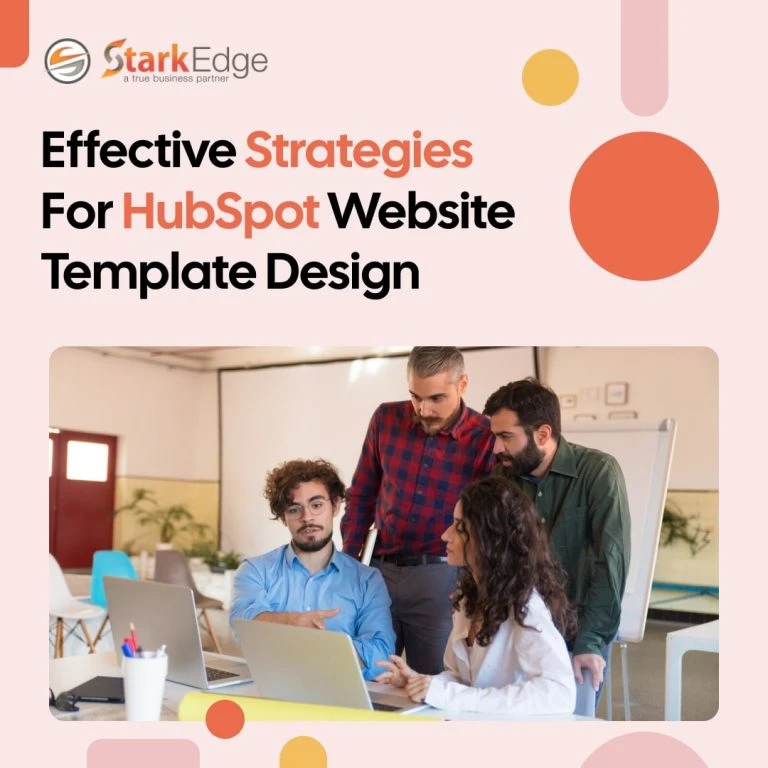 Creating a compelling website is crucial for businesses aiming to engage and convert visitors into customers. HubSpot offers powerful tools and templates that streamline this process, but achieving optimal results requires understanding and implementing best practices in HubSpot website template design. Whether you\'re a novice or a seasoned designer, adhering to these principles can elevate your HubSpot website to new heights of functionality and aesthetic appeal.
Creating a compelling website is crucial for businesses aiming to engage and convert visitors into customers. HubSpot offers powerful tools and templates that streamline this process, but achieving optimal results requires understanding and implementing best practices in HubSpot website template design. Whether you\'re a novice or a seasoned designer, adhering to these principles can elevate your HubSpot website to new heights of functionality and aesthetic appeal.
Understand Your Audience and Goals
Before designing, it\'s essential to define your target audience and establish clear goals for your website. Understanding who your visitors are and what actions you want them to take (e.g., signing up for a newsletter or making a purchase) will inform your design choices. HubSpot\'s templates are versatile, so tailor them to resonate with your specific audience and align with your business objectives.
Simplify Navigation and User Experience
A seamless user experience (UX) begins with intuitive navigation. Ensure visitors can easily find information and navigate through your site. Use HubSpot\'s drag-and-drop editor to organize content logically and create clear pathways for users to follow. Consider mobile responsiveness as well—HubSpot templates are responsive by default but tested across different devices to ensure consistency.
Optimize for Speed and Performance
Website speed directly impacts user experience and search engine rankings. To improve page load times, optimize images, minimize scripts, and leverage HubSpot\'s caching capabilities. Regularly monitor performance metrics and make adjustments as needed to maintain optimal speed and responsiveness.
Focus on Visual Hierarchy and Branding
Visual hierarchy guides visitors through your content, emphasizing key elements such as calls-to-action (CTAs), headlines, and important information. Use HubSpot\'s design tools to create a consistent visual language that reflects your brand identity. Incorporate colors, fonts, and imagery that resonate with your brand to reinforce credibility and trustworthiness.
Utilize HubSpot\'s Template Customization Features
HubSpot offers robust customization options to tailor templates to your brand\'s unique needs. Experiment with layout variations, module placement, and styling options to find what works best for your content and audience. Take advantage of HubSpot\'s template marketplace and community resources for inspiration and additional functionalities.
Implement SEO Best Practices
Effective SEO is crucial for driving organic traffic to your HubSpot website. Optimize page titles, meta descriptions, headers, and URLs using relevant keywords. HubSpot\'s SEO tools provide insights and recommendations to help improve your site\'s visibility and ranking in search engine results.
Regularly Update and Maintain Your Website
A well-maintained website not only enhances user experience but also boosts security and performance. Schedule regular updates for HubSpot templates, plugins, and content. Monitor analytics to identify areas for improvement and implement ongoing optimizations to meet evolving user expectations and industry standards.
Test and Iterate Based on Data
Data-driven design decisions lead to better outcomes. Conduct A/B tests on different design elements, CTAs, and layouts to identify what resonates most with your audience. Use HubSpot\'s analytics tools to track user behavior, conversions, and engagement metrics, then iterate and optimize based on insights gained.
Conclusion
Effective HubSpot website template design combines creativity with strategic thinking and technical proficiency. By following these best practices, you can create a visually appealing, user-friendly website that drives engagement, conversions, and business growth. Embrace experimentation, stay updated with industry trends, and continuously refine your approach to maximize the impact of your HubSpot-powered website.

